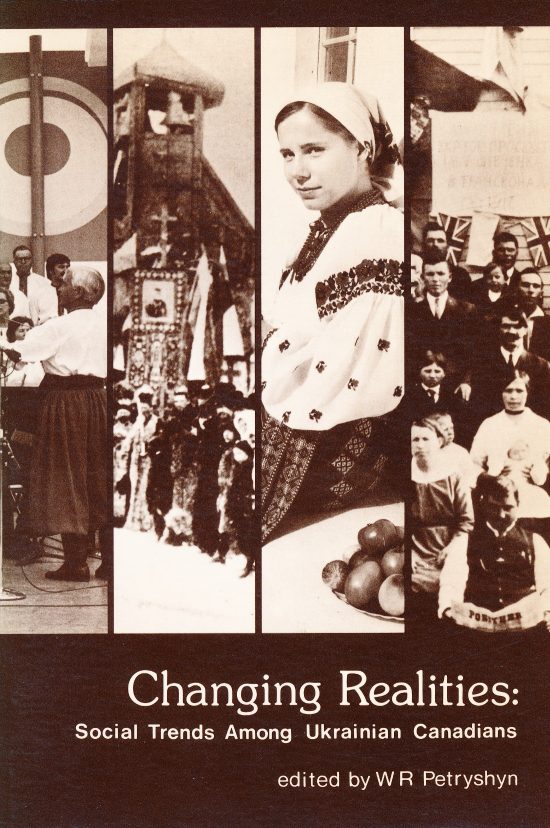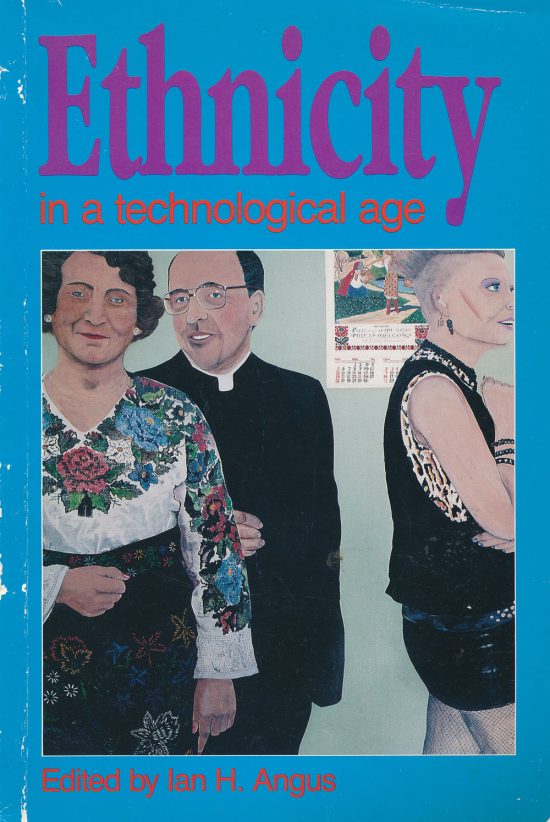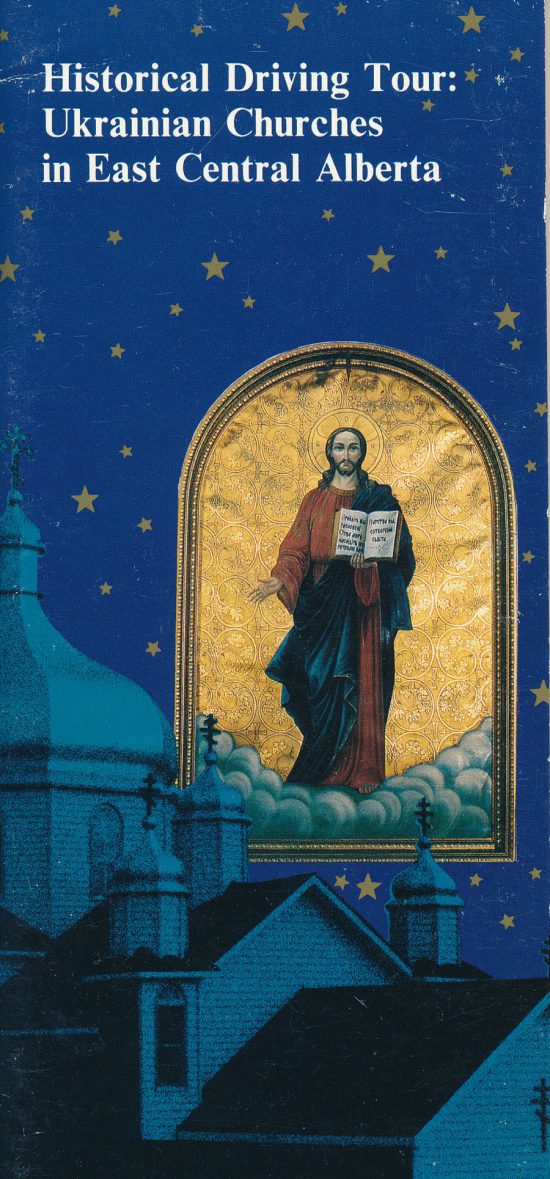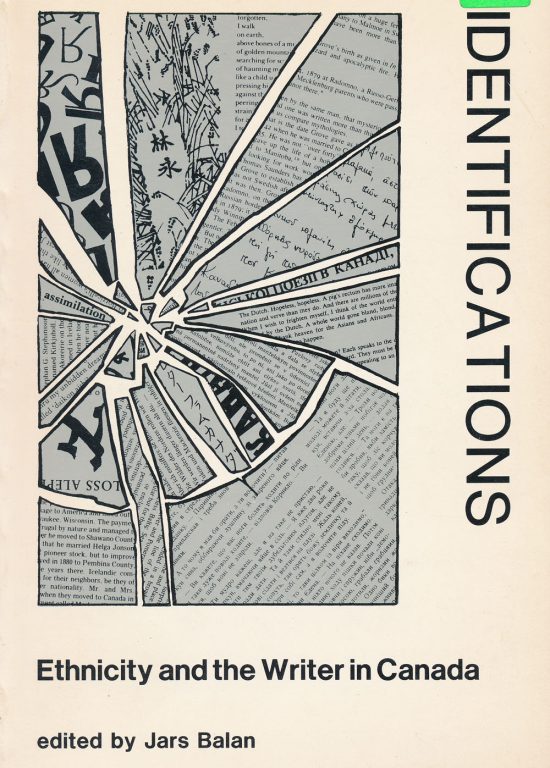Your cart is currently empty!
Continuity and Change: The Cultural Life of Alberta’s
A comprehensive, interdisciplinary examination of the life of the first Ukrainian immigrants. The volume consists of eight parts. It begins with a prologue by Roman Onufrijchuk that sets the stage for understanding the difficult process of cultural transmission and accomodation, made even more difficult for the first Ukrainian settlers, who were from the peasant stratum […]
In stock
Description
A comprehensive, interdisciplinary examination of the life of the first Ukrainian immigrants. The volume consists of eight parts. It begins with a prologue by Roman Onufrijchuk that sets the stage for understanding the difficult process of cultural transmission and accomodation, made even more difficult for the first Ukrainian settlers, who were from the peasant stratum as well as pioneers. It ends with a more theoretical epilogue by Ian H. Angus that points up the unique significance of ethnocultural communities in rescuing Canadian identity from the universalizing grip of homogenizing cultures like that of the United States. In between, the volume explores (in the second part) the historical conditions in western Ukraine and western Canada at the turn of the century, the overall nature of the rural Ukrainian bloc settlement in east central Alberta (the largest in Canada), and the contrast between the cluster village in Ukraine and the railroad village in the West. In this part, John-Paul Himka presents the hypothesis tested indirectly by subsequent presentations: “Ukrainian immigrants in Canada were at first not only culturally more traditional/backward than most Canadians but also more traditional/backward than their contemporaries in western Ukraine.”
The next four parts on material culture, the life of women, customs and beliefs, and cultural institutions and organizations in the new world could be said to constitute the heart of the volume. The life of the first immigrants is analyzed in detail in terms of the problems of shelter, agricultural technology, the status and responsibilities of women, the endurance of customs and beliefs, and the evolution of institutions and organizations that were similar to, yet distinct from, those in the Old Country. The analysis is as strong as the field work on which it depends, and there is no doubt a lesson here for all ethnocultural groups: research in the field should begin early, while most of the immigrant generation is still alive.
The seventh part on the “open-air” museum may be seen as the applied part of the conference and is, of course, most directly relevant to the needs and concerns of the Ukrainian Cultural Heritage Village. As a type, the village has numerous models in other countries, and its problems, like its accomplishments, are in some respects unique. Contributors include Orest T. Martynowych, Frances Swyripa, Peter Melnycky, Marie Lesoway, Andrij Makuch, Kathleen Conzen, James Fitch, Vivian Olender, Sandra Thompson, Bohdan Medwidsky, Robert Klymasz, Roman Onufrijchuk, T.D. Regehr, Matti Kaups, and others. Published in association with Historic Sites Services, Alberta Culture. See Ukrainians and Alberta in the Encyclopedia of Ukraine.
Additional information
| Weight | 1 kg |
|---|---|
| Dimensions | 23 × 15.5 × 2 cm |
| Author | |
| Format | Hardcover |
| Language | English |
| Year Published | 2009 |
Only logged in customers who have purchased this product may leave a review.






Reviews
There are no reviews yet.